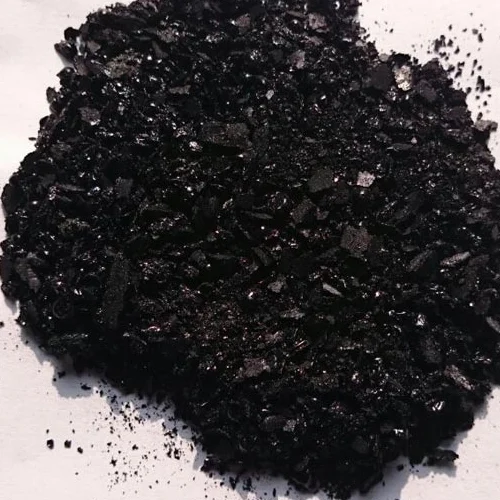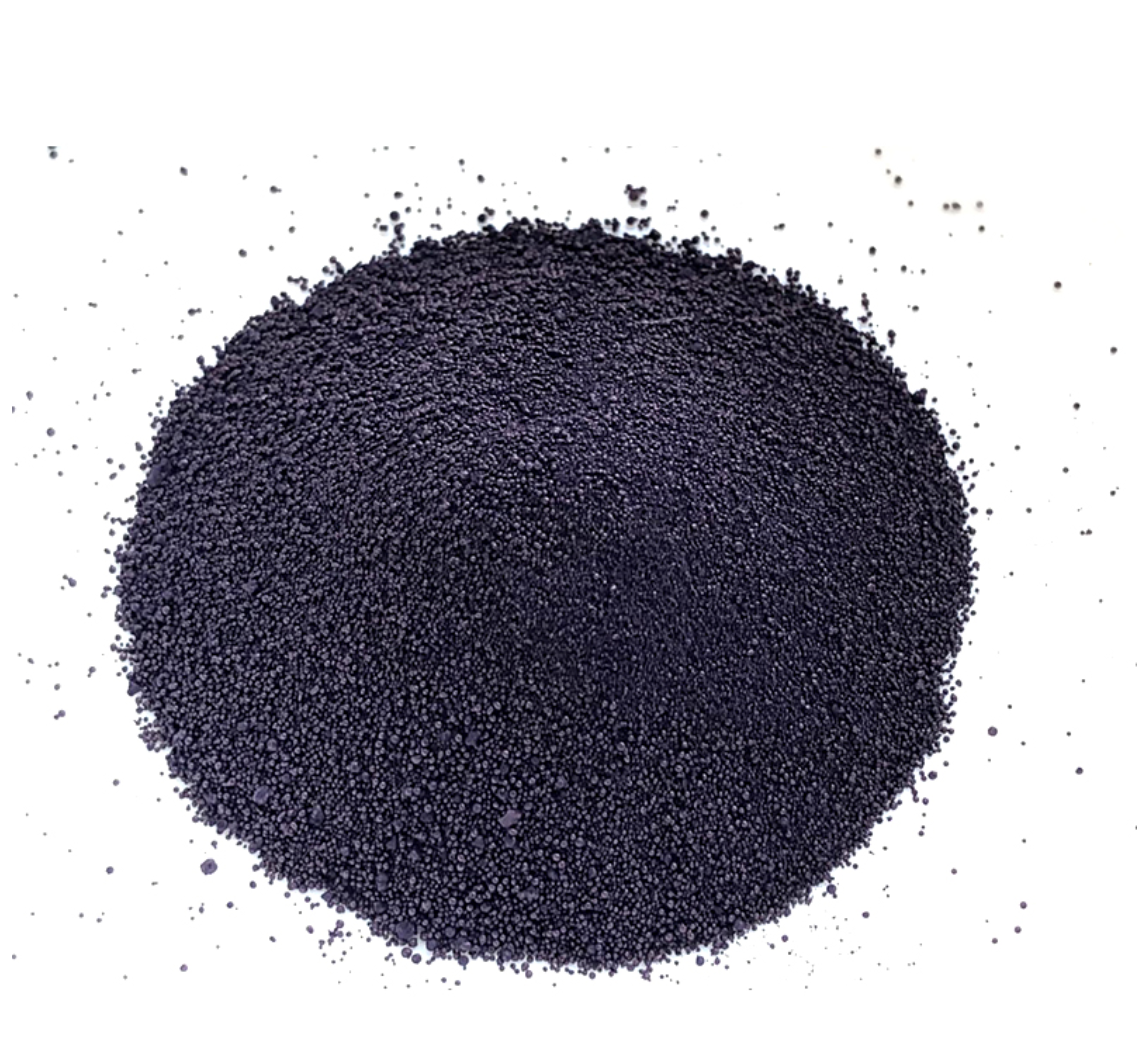Indigo Blue Vat Blue


Experimentation is at the heart of indigo dyeing. Beginner dyers are encouraged to try different techniques, such as shibori, a traditional Japanese tie-dye method that creates intricate patterns through folding, twisting, and binding the fabric before dyeing. This artistic exploration underscores indigo's adaptability and the endless design possibilities it affords. Documenting and reflecting on each dyeing session can enhance one’s learning experience and expertise. Keeping a journal detailing the precise measurements, conditions, and outcomes of each batch provides invaluable information for future projects, ensuring continued growth and improvement in the craft. Joining a community of fellow indigo artists and enthusiasts can significantly enhance the learning experience. Online forums, local workshops, and social media groups provide platforms for sharing insights, techniques, and troubleshooting tips. Engaging with this supportive network fosters a deeper understanding of indigo dyeing and facilitates the exchange of learned knowledge and experiences, cementing one's position within the indigo community. It is critical to source materials from reputable suppliers, reinforcing the trustworthiness of the process. High-quality indigo powder and auxiliaries not only yield better results but also ensure the integrity and sustainability of the craft. Ethical sourcing supports traditional practices while promoting fair trade and environmentally conscious production, essential considerations in the modern textile world. Seek out feedback from experienced dyers and continuously advance your skills by embracing both traditional and innovative dyeing methods. In-depth knowledge and mastery of the process solidify one’s authority in indigo dyeing, allowing an individual to guide and influence others interested in this timeless craft. Ultimately, indigo dyeing at home is more than a creative endeavor; it is a journey through history, science, and art. With dedication and a passion for learning, anyone can transform plain textiles into breathtaking works of art that capture the timeless allure of indigo.
-
The Timeless Art of Denim Indigo Dye
NewsJul.01,2025
-
The Rise of Sulfur Dyed Denim
NewsJul.01,2025
-
The Rich Revival of the Best Indigo Dye
NewsJul.01,2025
-
The Enduring Strength of Sulphur Black
NewsJul.01,2025
-
The Ancient Art of Chinese Indigo Dye
NewsJul.01,2025
-
Industry Power of Indigo
NewsJul.01,2025
-
Black Sulfur is Leading the Next Wave
NewsJul.01,2025

Sulphur Black
1.Name: sulphur black; Sulfur Black; Sulphur Black 1;
2.Structure formula:
3.Molecule formula: C6H4N2O5
4.CAS No.: 1326-82-5
5.HS code: 32041911
6.Product specification:Appearance:black phosphorus flakes; black liquid

Bromo Indigo; Vat Bromo-Indigo; C.I.Vat Blue 5
1.Name: Bromo indigo; Vat bromo-indigo; C.I.Vat blue 5;
2.Structure formula:
3.Molecule formula: C16H6Br4N2O2
4.CAS No.: 2475-31-2
5.HS code: 3204151000 6.Major usage and instruction: Be mainly used to dye cotton fabrics.

Indigo Blue Vat Blue
1.Name: indigo blue,vat blue 1,
2.Structure formula:
3.Molecule formula: C16H10N2O2
4.. CAS No.: 482-89-3
5.Molecule weight: 262.62
6.HS code: 3204151000
7.Major usage and instruction: Be mainly used to dye cotton fabrics.

